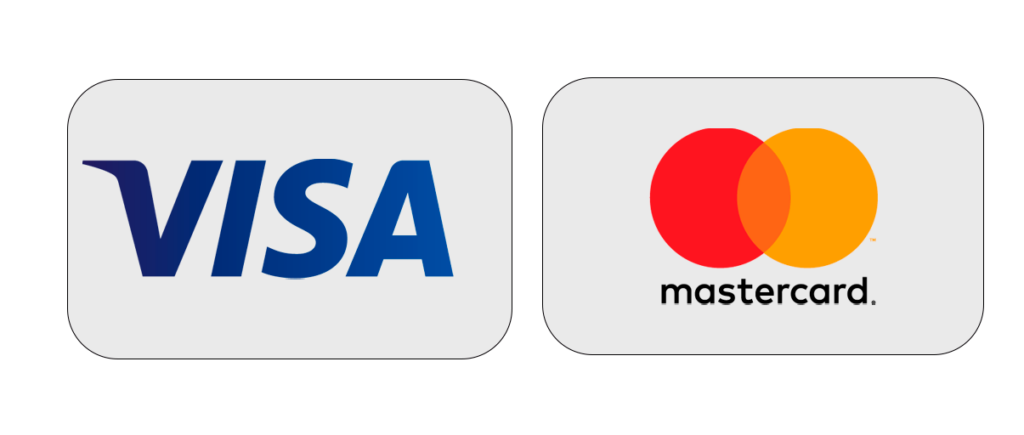Table of Contents
What is Order flow in Trading

Order flow signifies the volume of pending orders at specific price levels. During a strong upward price trend, the imbalance between buyers and sellers propels prices higher, driven by increased buying interest. However, this momentum eventually wanes as sellers outnumber buyers, leading to a reversal and a downward price movement. Understanding this dynamic is crucial in analyzing market behavior at both macro and micro levels, determining whether prices will continue within a range or reverse direction. Examining a price chart involves assessing the forces acting on various price levels.
The pivotal question arises: what if it were possible to predict future price levels and anticipate where opposing order flows might emerge? Order flow analysis offers a unique trading concept, enabling the anticipation of potential order imbalances at forthcoming price levels. This valuable insight empowers traders to enter the market with precision and confidence, facilitating accurate entry and exit decisions. In essence, order flow analysis provides a strategic approach, allowing traders to navigate market fluctuations by understanding the delicate balance between buyers and sellers, thereby making informed trading choices.
The Dynamics of Trading Order flow and the Role of Volume Bars
In the world of financial markets, order flow signifies the accumulation of pending orders at specific price levels, providing crucial insights into the count and size of these orders. However, the Forex market operates uniquely, functioning in a decentralized manner without a singular governing exchange overseeing activities, unlike centralized markets like stocks and commodities. This decentralized structure results in the absence of consistent and reliable volume data for Forex traders, unlike the level two data feeds available in other markets.
Each Forex broker accesses a limited aggregation of data distributed among multiple banks, leading to significant disparities in feeds among brokers. Consequently, obtaining a uniform level two feed for Forex remains a considerable challenge. While Forex brokers offer a volume indicator, it does not accurately represent order quantities, displaying only the count of trades executed at a specific broker. Due to the lack of detailed order information represented through volume bars, Forex traders heavily rely on analyzing chart patterns to infer and anticipate pending order flows.
Applying Order Flow Concepts in Financial Markets:
Order flow analysis stands as a fundamental pillar in Forex trading, rooted in the intricate analysis of supply and demand dynamics. It delves deep into interpreting market charts, aiming to identify potential imbalances in order flow that trigger significant price movements. This method involves keenly observing historical chart data, discerning the story within, and pinpointing key locations where buyers and sellers are active, all without relying on traditional indicators. By closely monitoring pronounced price shifts and analyzing clear, uncluttered charts marked with horizontal levels, traders gain a nuanced understanding of price movements, enabling them to make informed decisions.
Crucially, order flow analysis is not confined to isolation; it seamlessly integrates with various trading methodologies such as momentum and fundamental analysis. This integration enhances traders’ perspectives, providing a holistic view of the market. By incorporating order flow analysis into their strategies, traders can make well-informed decisions, leveraging an additional layer of price rationale. This approach fosters a comprehensive understanding of market dynamics, empowering traders to navigate the complexities of Forex trading with confidence and precision.
How to Enter and Exit a Trade with Order flow
Understanding order flow in trading is essential for precise decision-making. Recognizing imbalances between buyers and sellers helps identify potential market opportunities. Traders focus on significant price movements, indicating zones of intense order flow. These movements serve as cues for strategic entry points. When prices approach support or resistance levels, observing reactions like halts, retracements, or breakouts provides valuable insights into market sentiment, guiding traders in their entries. Moreover, order flow analysis plays a crucial role in determining optimal exit points.
Traders observe price behavior near levels where reversals or slowdowns might occur due to buyer-seller equilibrium. If sellers overpower buyers at a specific level, it signals a potential exit. Integrating order flow analysis with fundamental or momentum analysis offers a comprehensive trading approach. By combining these methodologies, traders gain a nuanced understanding of market dynamics, enabling them to make well-informed decisions with precision and confidence, both when entering and exiting trades.
The importance of Risk Management in Order Flow Strategies
Risk management in order flow trading involves setting clear guidelines on position sizing, determining the maximum allowable loss per trade, and establishing risk-reward ratios. Traders must avoid over-leveraging their positions to prevent significant losses in case the market moves against their expectations. Properly managing the size of each trade relative to the overall trading capital helps distribute the risk evenly and prevents catastrophic losses, allowing traders to weather market fluctuations. Additionally, employing stop-loss orders and setting profit targets are integral aspects of risk management in order flow trading.
Stop-loss orders act as safety nets, automatically exiting a trade when losses reach a predetermined level, preventing further depletion of capital. Profit targets, on the other hand, ensure that traders secure profits at predefined levels, avoiding greed-driven decisions that might lead to losses. By implementing a robust risk management strategy, order flow traders can protect their investments, preserve capital, and stay resilient in the face of market uncertainties. It allows traders to focus on analyzing order flow patterns and making informed decisions, knowing that their risk exposure is controlled, fostering a disciplined and sustainable trading approach.
Ready for Instant Funding at Competitive Prices? CLICK THE BUTTON BELOW and customize your Instant Funded account with OFP Funding today!






